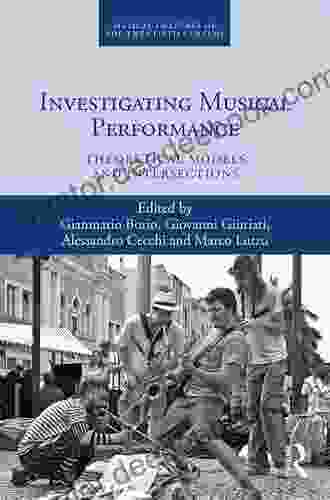Theoretical Models and Intersections: Musical Cultures of the Twentieth Century

The twentieth century was a time of unprecedented change in the world of music. New technologies, new ideas, and new social and political movements all had a profound impact on the way music was created, performed, and consumed. In this article, we will explore some of the major theoretical models and intersections that have shaped musical cultures of the twentieth century.
5 out of 5
| Language | : | English |
| File size | : | 19343 KB |
| Print length | : | 256 pages |
| Screen Reader | : | Supported |
| Paperback | : | 27 pages |
| Item Weight | : | 3.2 ounces |
| Dimensions | : | 8.5 x 0.07 x 11 inches |
Modernism
Modernism was a movement in the arts that emerged in the late nineteenth and early twentieth centuries. Modernist artists sought to break away from the traditional forms and styles of the past and to create new, innovative works of art. In music, modernism manifested itself in a number of ways, including the use of atonality, dissonance, and complex rhythms.
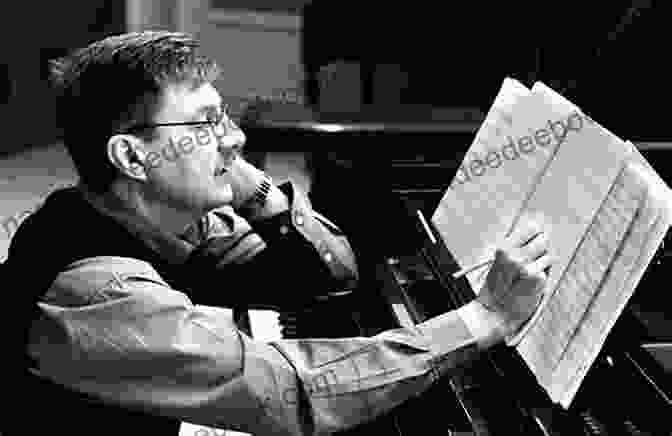
One of the most important figures in the modernist movement was Arnold Schoenberg. Schoenberg developed a new system of composition called serialism, which involved organizing the pitches, rhythms, and dynamics of a piece of music according to a predetermined series. Serialism was a radical departure from traditional tonal music, and it had a profound impact on the development of music in the twentieth century.
Serialism
Serialism is a method of musical composition in which all of the elements of a piece of music, including pitch, rhythm, and dynamics, are organized according to a predetermined series. The series can be any set of numbers or symbols, and it can be used to generate a wide variety of musical textures and effects.

Serialism was developed by Arnold Schoenberg in the early twentieth century, and it quickly became a popular technique among modernist composers. Serialism allowed composers to create music that was highly organized and complex, and it gave them a new way to explore the possibilities of musical expression.
Popular Music
Popular music is a genre of music that is popular with the general public. Popular music is typically characterized by its simple melodies, catchy rhythms, and accessible lyrics. In the twentieth century, popular music became increasingly popular, and it had a major impact on the development of musical culture.
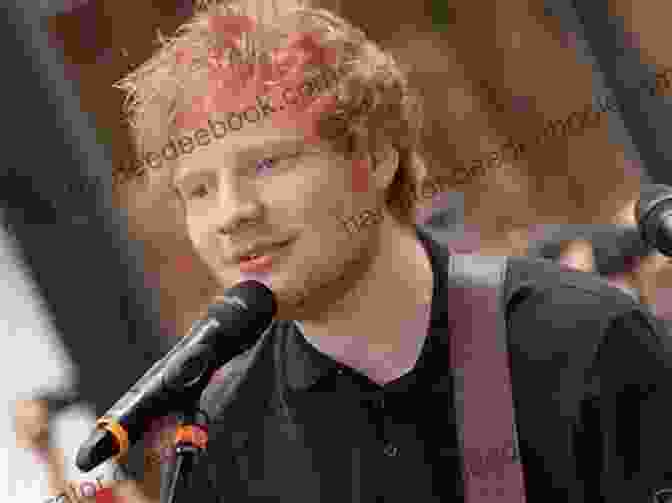
One of the most important figures in the development of popular music was Elvis Presley. Presley's unique blend of rock and roll, rhythm and blues, and country music appealed to a wide audience, and he quickly became one of the most popular music artists in the world. Presley's success helped to popularize rock and roll, and it paved the way for the development of other popular music genres.
Technology
Technology has had a major impact on the development of music in the twentieth century. The invention of the phonograph, the radio, and the television made it possible for music to be heard by a wider audience than ever before. These technologies also helped to create new genres of music, such as jazz and rock and roll.
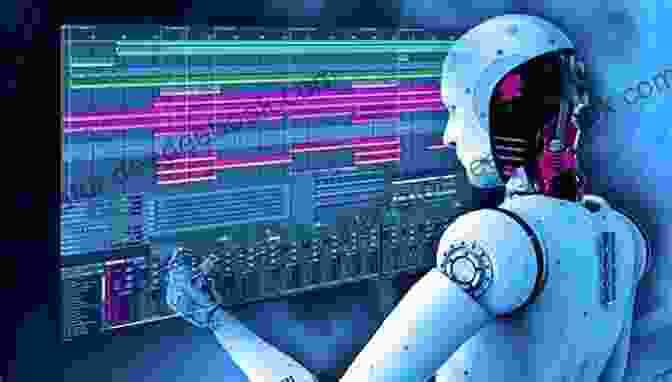
In recent years, the development of digital audio technology has had a further impact on the way music is created, performed, and consumed. Digital audio workstations allow musicians to create and edit music with unprecedented ease and precision. This has led to the emergence of new genres of music, such as electronic dance music and hip hop.
Globalization
Globalization is the process of increasing interconnectedness between countries and cultures. In the twentieth century, globalization led to the spread of musical ideas and influences from one part of the world to another. This has resulted in the emergence of new musical genres that blend elements from different cultures.

One of the most important examples of globalization in music is the rise of world music. World music is a genre of music that combines elements from different cultures from around the world. World music has become increasingly popular in recent years, and it has helped to create a more diverse and inclusive musical landscape.
Challenges and Opportunities
The twentieth century was a time of great change and innovation in the world of music. The theoretical models and intersections discussed in this article have shaped the development of musical cultures in the twentieth century, and they continue to influence music today. As we move into the twenty-first century, we face new challenges and opportunities in the world of music. These challenges include the continued globalization of music, the impact of new technologies, and the need for greater diversity and inclusion in the music industry.
Despite these challenges, there are also many opportunities for music in the twenty-first century. The development of new technologies is making it easier than ever for people to create, perform, and share music. This is creating new opportunities for musicians to connect with audiences around the world. Additionally, the growing diversity of the world's population is leading to the emergence of new musical genres that reflect the experiences and cultures of people from all over the world.
The future of music is uncertain, but it is clear that the twentieth century has laid the foundation for a vibrant and diverse musical landscape in the twenty-first century.
5 out of 5
| Language | : | English |
| File size | : | 19343 KB |
| Print length | : | 256 pages |
| Screen Reader | : | Supported |
| Paperback | : | 27 pages |
| Item Weight | : | 3.2 ounces |
| Dimensions | : | 8.5 x 0.07 x 11 inches |
Do you want to contribute by writing guest posts on this blog?
Please contact us and send us a resume of previous articles that you have written.
 Book
Book Text
Text Genre
Genre Reader
Reader Paperback
Paperback Magazine
Magazine Newspaper
Newspaper Bookmark
Bookmark Glossary
Glossary Preface
Preface Synopsis
Synopsis Annotation
Annotation Footnote
Footnote Manuscript
Manuscript Scroll
Scroll Tome
Tome Bestseller
Bestseller Library card
Library card Biography
Biography Autobiography
Autobiography Memoir
Memoir Reference
Reference Narrator
Narrator Librarian
Librarian Catalog
Catalog Borrowing
Borrowing Stacks
Stacks Archives
Archives Research
Research Scholarly
Scholarly Lending
Lending Reading Room
Reading Room Special Collections
Special Collections Literacy
Literacy Thesis
Thesis Dissertation
Dissertation Storytelling
Storytelling Book Club
Book Club Theory
Theory Textbooks
Textbooks Lee A Fleisher
Lee A Fleisher Vera Wenkert
Vera Wenkert Kevin Harrington
Kevin Harrington Gary J George
Gary J George Zitkala Sa
Zitkala Sa Jessica R Pliley
Jessica R Pliley Dave Hadfield
Dave Hadfield Cristiana Sogno
Cristiana Sogno Rebecca Dowd Geoffroy Schwinden
Rebecca Dowd Geoffroy Schwinden Sophie Williamson Stothert
Sophie Williamson Stothert Carol Christensen
Carol Christensen Laura Marshall
Laura Marshall David R Rogers
David R Rogers Kelly Greenawalt
Kelly Greenawalt Franz Werfel
Franz Werfel Anne Bussey
Anne Bussey Verena Prym
Verena Prym Raymond E Feist
Raymond E Feist Mary A Hums
Mary A Hums Mark R Joslyn
Mark R Joslyn
Light bulbAdvertise smarter! Our strategic ad space ensures maximum exposure. Reserve your spot today!

 Adam HayesPregnancy Bargain Romance: Anything For Love - A Captivating Tale of Secrets,...
Adam HayesPregnancy Bargain Romance: Anything For Love - A Captivating Tale of Secrets,...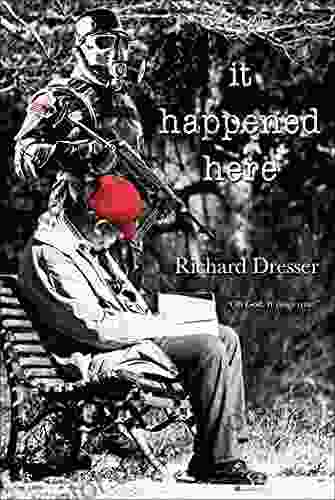
 George Bernard ShawIt Happened Here: A Compelling Drama That Explores the Complexities of Human...
George Bernard ShawIt Happened Here: A Compelling Drama That Explores the Complexities of Human...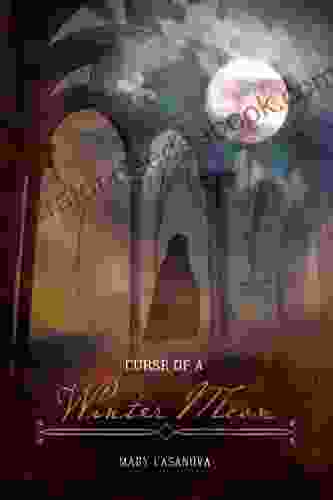
 Avery SimmonsThe Enchanting and Enigmatic Curse of Winter Moon: Unveiling Its Ancient Lore...
Avery SimmonsThe Enchanting and Enigmatic Curse of Winter Moon: Unveiling Its Ancient Lore... Israel BellFollow ·13.9k
Israel BellFollow ·13.9k Nikolai GogolFollow ·19.2k
Nikolai GogolFollow ·19.2k Heath PowellFollow ·11.1k
Heath PowellFollow ·11.1k Douglas AdamsFollow ·7.2k
Douglas AdamsFollow ·7.2k Vince HayesFollow ·14.6k
Vince HayesFollow ·14.6k Sean TurnerFollow ·18.1k
Sean TurnerFollow ·18.1k Dennis HayesFollow ·19.5k
Dennis HayesFollow ·19.5k Lord ByronFollow ·15.9k
Lord ByronFollow ·15.9k

 Abe Mitchell
Abe MitchellUnveiling the Urban Cheating Rich System: A Comprehensive...
In today's complex and ever-evolving urban...
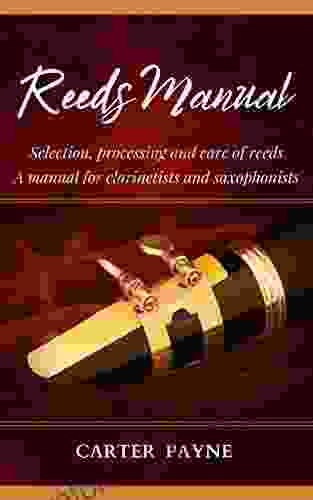
 Preston Simmons
Preston SimmonsSelection, Processing, and Care of Reeds: A Comprehensive...
Reeds are essential...
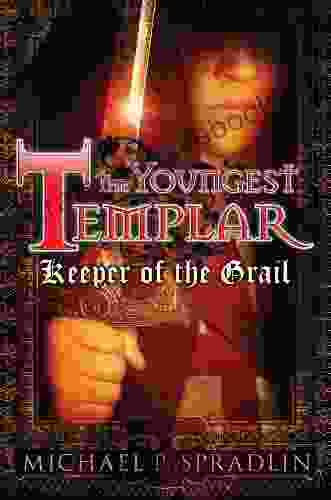
 Rob Foster
Rob FosterKeeper of the Grail: The Youngest Templar
Prologue: A Sacred...
5 out of 5
| Language | : | English |
| File size | : | 19343 KB |
| Print length | : | 256 pages |
| Screen Reader | : | Supported |
| Paperback | : | 27 pages |
| Item Weight | : | 3.2 ounces |
| Dimensions | : | 8.5 x 0.07 x 11 inches |


